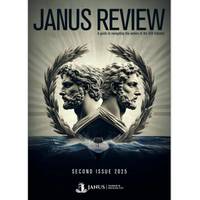
2025 Janus Review: USV Industry Trends
revolutionize USV autonomy. Integrating real-time diagnostics with autonomous decision-making requires highly advanced algorithms and robust onboard computing, capabilities not yet fully matured or widely available.Acoustic sensing faces major challenges such as high ambient noise levels, complex signal processing requirements, and reliable integration into autonomy algorithm—all areas needing ongoing research and improvement
Teledyne Marine Unveils BlueStreamX2 Enhancement for Benthos Acoustic Modems
performance. This upgrade is now available across all Benthos modem families—Acoustic Telemetry Modem (ATM), Compact Modem (CM), and Ultra Compact Modem (UCM)—as well as on UTS topside systems.Benthos acoustic modems, known for their reliable underwater data transmission using digital signal processing modulation techniques, have historically operated over a 5 kHz bandwidth with bit rates up to 2400 bits per second. With the new BlueStreamX2 enhancement, the bandwidth has been expanded to 10 kHz, doubling the data rate to 4800 bits per second.This breakthrough is made possible by the innovative
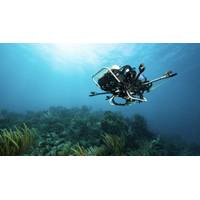
Neural Network Identifies Coral Reef Sounds
with a neural network to identify fish activity on coral reefs by sound.For years, researchers have used passive acoustic monitoring to track coral reef activity. Typically, an acoustic recorder would be deployed underwater, where it would spend months recording audio from a reef. Existing signal processing tools can be used to analyze large batches of acoustic data at a time, but they cannot be used to find specific sounds. To do that, scientists usually need to go through all that data by hand.As an alternative, the researchers trained a neural network to sort through the deluge of acoustic
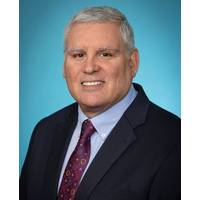
NUWC's Pistacchio wins ONR Achievement Award
contributed substantially to the knowledge and capabilities of the Department of the Navy (DON), Department of Defense and the nation. It is the highest award that ONR confers on a naval research scientist.Pistacchio, a resident of Narragansett, Rhode Island, is a senior technologist for acoustic signal processing and has earned a reputation as a consummate professional over the course of his 42-year career, with the last 30 years working for the Navy. He has distinguished himself as a national and international subject matter expert in active and passive acoustic signal processing.Throughout his career
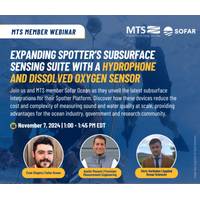
MTS Member Webinar: Expanding Spotter’s Subsurface Sensing Suite with a Hydrophone and Dissolved Oxygen Sensor
Sciences, CTODr. Chris Verlinden has extensive military experience, drawing from a 14-year career as an officer in the U.S. Coast Guard. He has worked with the Office of Naval Research and Naval Research Laboratories extensively on projects ranging from seismic exploration to ocean acoustics and signal processing.Specifically, Dr. Verlinden is a subject matter expert in the use of large vertical aperture arrays (LVAs), and making environmental inferences using passive and source-of-opportunity acoustic noise. He graduated from the Coast Guard Academy with High Honors with a degree in Marine and Environmental
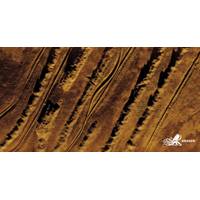
Kraken Joins Forces with US Navy for SAS Sensor Research
Kraken Robotics has signed an agreement with Naval Undersea Warfare Center Division (NUWC) in Newport to conduct joint research into advanced signal processing techniques for the current and future generation of Synthetic Aperture Sonar (SAS) sensor technologies.The cooperative research and development agreement signed between the parties also includes exploration into enhanced image processing techniques such as data fusion, image registration, multi-spectral image enhancement and automated target recognition.Kraken Robotics has engaged in several similar R&D agreements with U.S. government
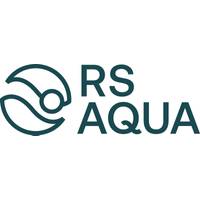
RS Aqua Score Funding for AI Marine Mammal Protection Plan
to the internet in real time, and its implications are huge. It will help ensure that offshore construction is sensitive to marine mammal activity and will enable the monitoring of marine protected areas through the real time recognition of illegal fishing activity.”Professor of Statistical Signal Processing Paul White, from the University of Southampton, said: "Using the power of artificial intelligence to monitor sound in the underwater world, combined with the ability to rapidly relay information ashore, will enable us to provide tools to protectfragile marine ecosystems and detect a range

Hearing the Light: DAS could Revolutionize Subsea Defense
of it will be reflected back to the interrogator (a phenomenon known as Rayleigh backscattering). As pressure waves from an acoustic emission impose “nano strains” on the fiber, it causes fluctuations in the reflected light. These fluctuations can then be analyzed and, using advanced signal processing, translated into a unique acoustic signature resulting not only in the detection, but identification and even localization of the source. When DAS is used in a marine environment, the defects along the fiber essentially act as tiny hydrophones, transforming a length of fiber optic cable into
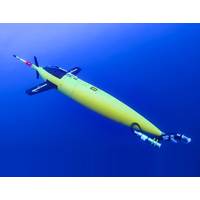
New Tech Frontiers for Ocean Gliders
source, a D11 transducers to mimic machinery noise, and tracked AIS so they could correlate it with acoustic data from the hydrophones and the glider’s location data.Burnett says one of the goals was real-time processing to get real-time information about what’s in the water. This meant signal processing and software integration into the glider, but, with the longer array, also improving the power supply to reduce noise.“We were able to correlate with AIS and could see a cargo vessel passing within 2.45nm of the array,” says Burnett. “We were also able to collect biological


 February 2025
February 2025





